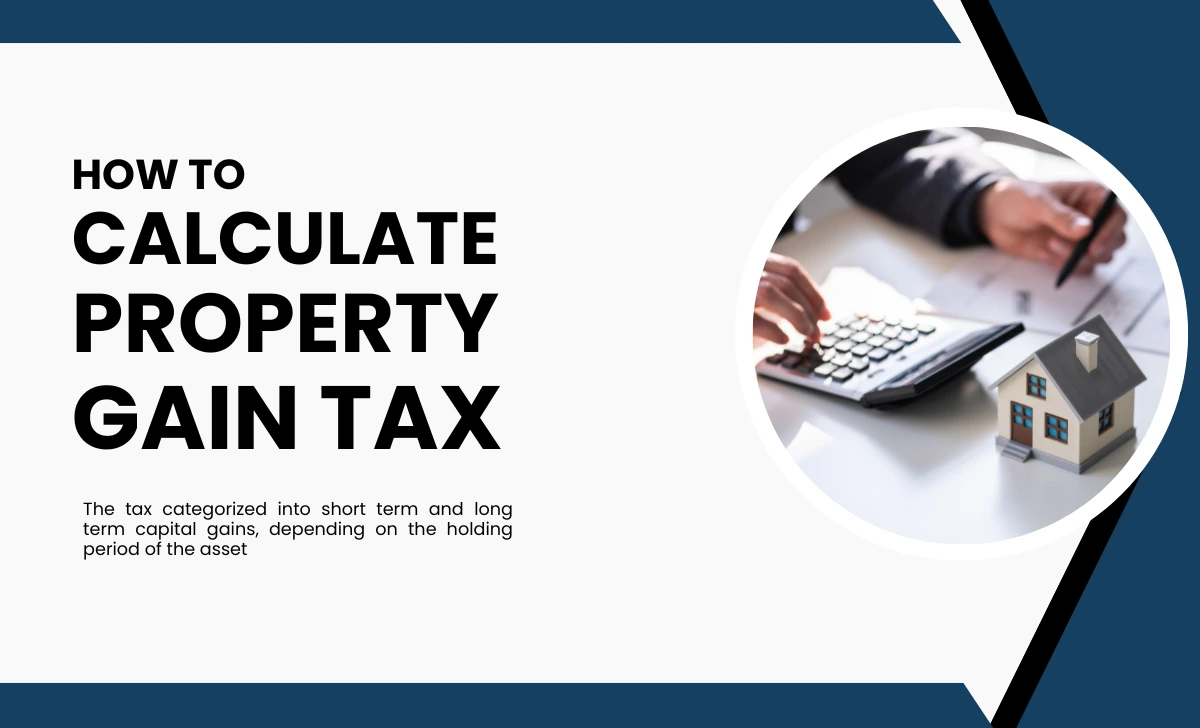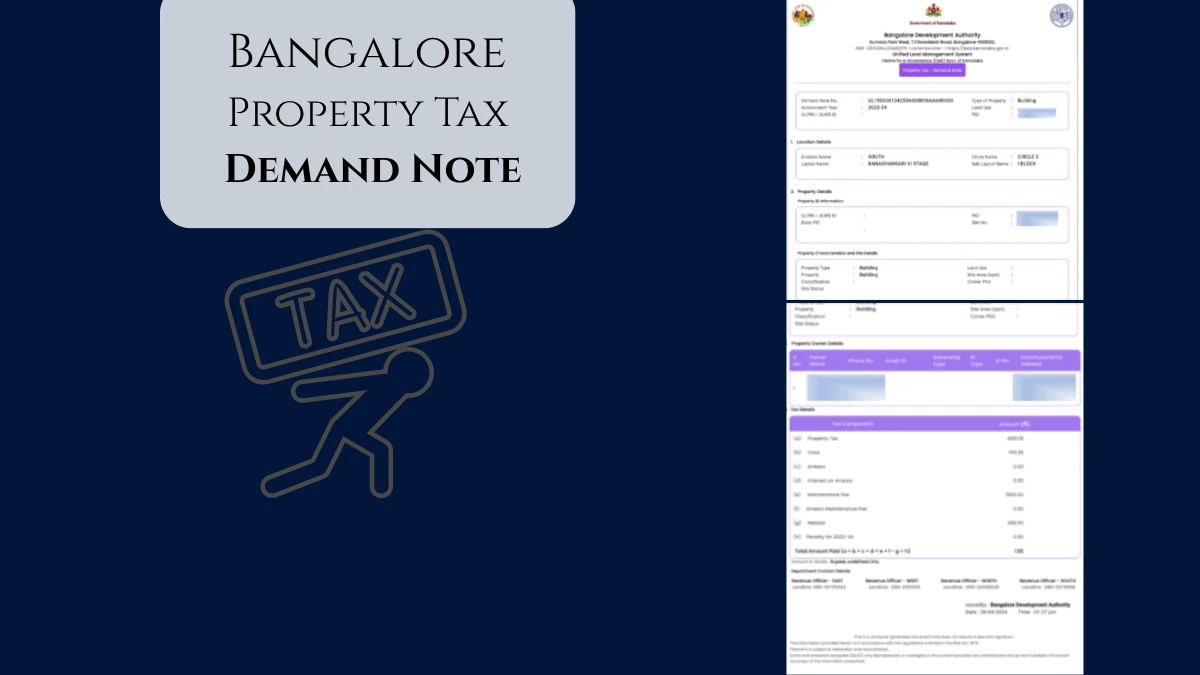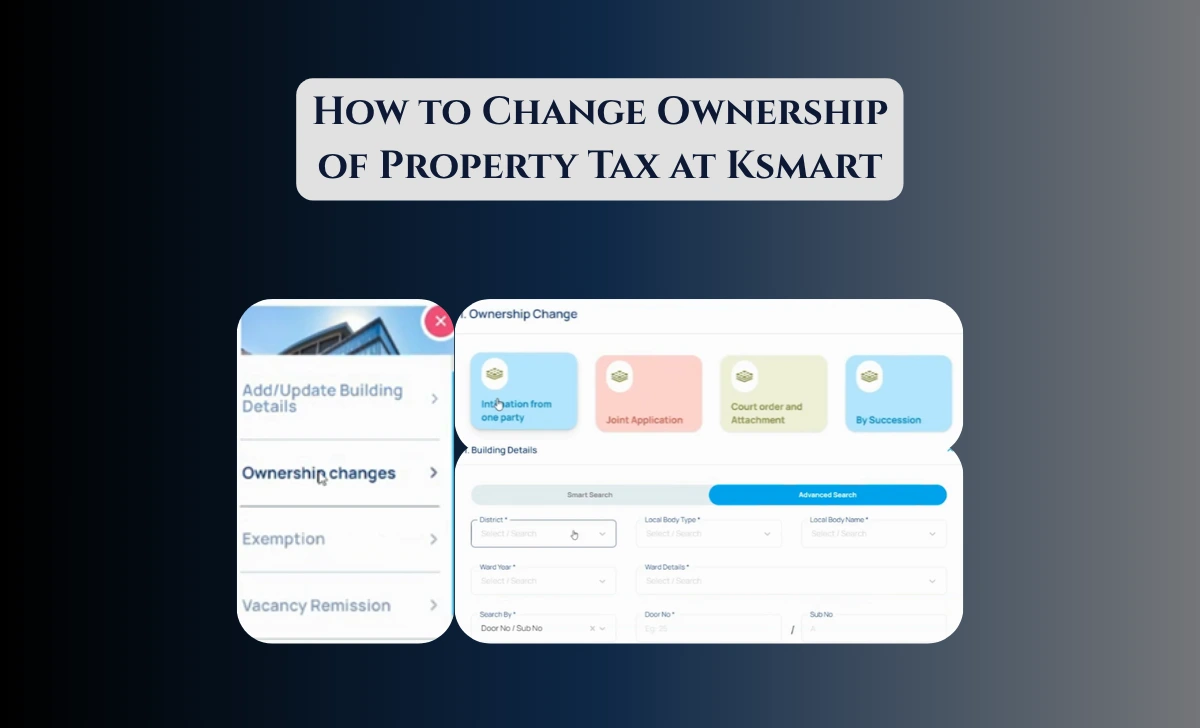Property gain tax refers to the taxation on profits earned from the sale of real estate or capital assets.
In India and the USA, this tax categorized into shortterm and long term capital gains, depending on the holding period of the asset.
Understanding how to calculate property gain tax is essential for homeowners, investors, and NRIs to optimize their tax liabilities.

How to Calculate Property Gain Tax in India
India’s property gain tax system governed by the Income Tax Act, 1961, which outlines specific formulas for calculating short term and long term capital gains.
Short Term Capital Gains (STCG) on Property tax
- Applicable when a property sold within two years of acquisition.
- Formula
- STCG = Sale Consideration − (Cost of Acquisition + Cost of Improvement + Transfer Expenses)
- Tax Rate: Taxed as per the individual’s income tax slab rate.
Long Term Capital Gains (LTCG) on property tax
- Applicable when a property sold after holding it for more than two years.
- Formula:
- LTCG = Sale Consideration − (Indexed Cost of Acquisition + Indexed Cost of Improvement + Transfer Expenses)
- Indexed Cost Calculation:
- Indexed Cost = Original Cost * (CII of Sale Year / CII of Acquisition Year)
- Tax Rate: LTCG taxed at a flat rate of 20% with indexation benefits
Exemptions Under Indian Tax Laws for Property Tax Gain
- Section 54: Exemption for reinvestment in residential property.
- Section 54EC: Exemption for reinvestment in specified bonds.
- Section 54F: Exemption for reinvestment in agricultural land.
How to Calculate Property Gain Tax in USA
As per taxlekka sources, The USA follows a distinct system for taxing property gains based on holding periods and income levels.
USA Property Short Term Capital Gains (STCG)
- It is applicable when a property sold within one year of acquisition.
- Formula:
- STCG = Sale Price − (Basis + Selling Expenses)
- Tax Rate: STCG taxed as ordinary income based on federal income tax brackets (0%–37%).
Long Term Capital Gains (LTCG) for Property in USA
- Applicable when a property held for more than one year.
- Formula:
- LTCG = Sale Price − (Basis + Selling Expenses)
- Tax Rate: LTCG rates set at 0%, 15%, or 20%, depending on taxable income.
Property Capital Gains Exemptions Under US Tax Laws
- Primary Residence Exclusion: Up to $ 250,000 ($ 500,000 for married couples) excluded from taxable gains if the property used as a primary residence for at least two out of the last five years.
- Deductible Selling Expenses: Includes costs like renovations, brokerage fees, and legal charges.
Comparison Between India and USA Property Gain Tax Systems
| Aspect | India | USA |
|---|---|---|
| Holding Period for LTCG | More than two years | More than one year |
| Indexation Benefits | Available | Not applicable |
| LTCG Tax Rates | Flat rate of 20% | Progressive rates (0%, 15%, or 20%) |
| Primary Residence Exemption | Section based exemptions | $250,000 / $500,000 exclusion |
| Short-Term Gains Tax Rates | Income tax slab rates | Ordinary income tax rates |
Strategies to Minimize Property Gain Tax
- Reinvestment Options:
- In India, reinvest in residential properties or specified bonds under Sections 54 and 54EC.
- In the USA, utilize primary residence exclusions or reinvest gains strategically.
- Leverage Indexation Benefits:
- Use indexed costs in India to reduce taxable profits.
- Tax Planning for NRIs:
- Avoid double taxation by claiming benefits under Double Taxation Avoidance Agreements (DTAA).
Note: The formulas and excemptions may change from time to time as per Govt notifications, So please check official Govt notifications as and when you want to apply.
Conclusion:
Calculating property gain tax requires understanding country specific rules and leveraging exemptions effectively. Whether in India or the USA, strategic planning can significantly reduce tax liabilities while ensuring compliance with regulations. By applying the correct formulas and utilizing available exemptions, taxpayers can optimize their financial outcomes related to real estate transactions.





